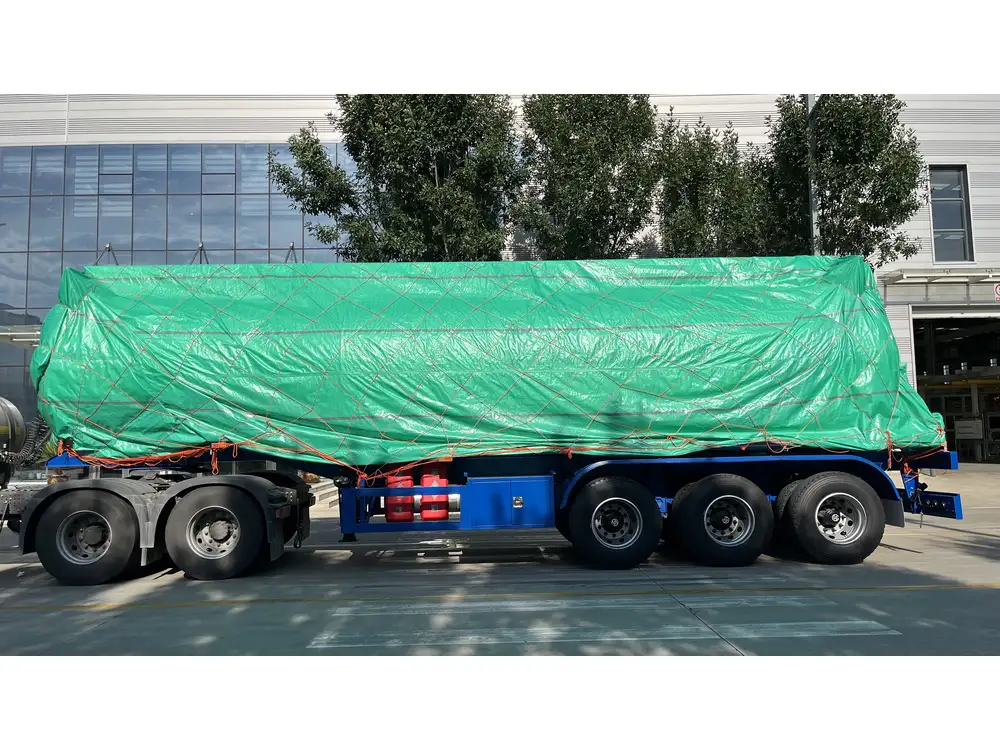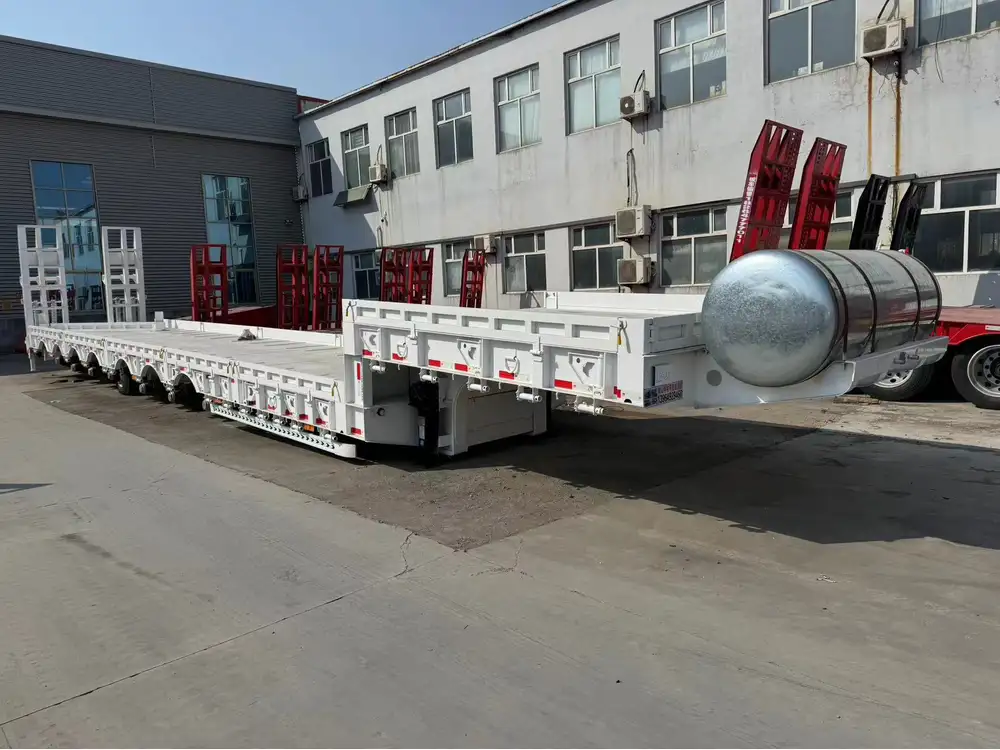Transporting a skid steer safely and securely is crucial for both the integrity of the machine and the safety of others on the road. Whether you’re a contractor moving equipment to a job site or a private owner taking your skid steer to the local farm, understanding the proper techniques for tying down your skid steer on a dump trailer can make all the difference. In this comprehensive guide, we will present step-by-step instructions, necessary equipment, safety considerations, and tips to ensure a smooth transportation experience.
Table of Contents
- Understanding the Importance of Proper Tie-Down Techniques
- Essential Equipment for Tying Down a Skid Steer
- 2.1 Types of Tie-Down Straps
- 2.2 Chains and Binders
- 2.3 Ratchet Straps
- Step-by-Step Process to Tie Down Your Skid Steer
- 3.1 Preparing the Dump Trailer
- 3.2 Positioning the Skid Steer
- 3.3 Securing the Skid Steer
- Safety Considerations
- Common Mistakes to Avoid
- Additional Tips for Safe Transport
- Conclusion
1. Understanding the Importance of Proper Tie-Down Techniques
Transporting heavy machinery like skid steers requires precision and care. Improperly secured equipment can shift during transit, potentially causing accidents or damage. It is not just about securing the load; it is about mitigating risks on the road for both the driver and other motorists. An understanding of weight distribution, tie-down techniques, and legal requirements is essential.

2. Essential Equipment for Tying Down a Skid Steer
Before you start the process of tying down, ensure you have the correctly rated equipment. The following tools are necessary:
2.1 Types of Tie-Down Straps
Polyester Webbing Straps: Known for their strength and durability, these straps resist abrasions and exposure to the elements.
Webbing Ratchet Straps: These allow for a tight grip and are ideal for securing heavy equipment like skid steers.
Over-center Buckles: These provide an easy way to secure and release tension in the straps.
2.2 Chains and Binders
Heavy-Duty Chains: Utilize high-tensile chains capable of handling the weight of the skid steer.
Chain Binders: Essential for fastening the chains securely, ensuring no slack exists that could lead to movement.

2.3 Ratchet Straps
Ratchet straps are versatile and can handle various sizes and weights, making them ideal for securing different models of skid steers. Select ones rated for at least double the weight of your skid steer.
3. Step-by-Step Process to Tie Down Your Skid Steer
3.1 Preparing the Dump Trailer
Start by ensuring your dump trailer is in prime condition:
- Check the Brakes: Ensure they are functional.
- Inspect the Surface: Look for any debris or sharp objects.
- Verify Weight Limits: Confirm that the total weight of the skid steer does not exceed the trailer’s capacity.

3.2 Positioning the Skid Steer
- Drive the Skid Steer Onto the Trailer: Use a gradual incline to prevent any abrupt movements.
- Center the Machine: Position the skid steer so that its weight is evenly distributed on the trailer. This usually means centering it between the trailer’s fenders.
- Set the Parking Brake: Engage the brake to prevent the skid steer from moving while securing it.
3.3 Securing the Skid Steer
Here’s how you can effectively tie down your skid steer:
Use Ratchet Straps:
- Attach the strap to the front of the skid steer near the frame or forks.
- Route the strap over the machine and to the trailer’s anchor point.
- Tighten using the ratchet mechanism until the strap is snug.
Secure the Rear: Repeat the same process at the rear, ensuring you connect to strong anchor points on the trailer.
Chains and Binders:
- Position chains at points that can handle the load’s weight.
- Fasten securely using the binders.
- Ensure the chains are taut but not excessively tight to avoid damaging the skid steer.
3.4 Final Checks
After securing, walk around and check for any slack in straps and chains. Perform a brief test by attempting to shake the machine lightly; if it moves, re-adjust as necessary.

4. Safety Considerations
Safety cannot be overstated when transporting heavy machinery:
- Wear Proper Protective Gear: Gloves and safety shoes are recommended while securing the equipment.
- Be Mindful of Weight Limits: Do not exceed recommended limits for both the trailer and load.
- Observe Local Laws: Always comply with state regulations regarding transporting heavy equipment.
5. Common Mistakes to Avoid
Skipping Tie-Down Points: Not using all available tie-down points can lead to an unstable load.
Using Improper Equipment: Always ensure your equipment is rated for the job.
Neglecting Inspections: Always inspect your tie-downs before departure as well as during stops.
6. Additional Tips for Safe Transport
- Monitor Load During Transit: If possible, check the stability of the load periodically during long hauls.
- Avoid Sudden Stops and Turns: Drive cautiously, as sudden maneuvers can shift the load.
| Tip | Description |
|---|---|
| Regular Maintenance | Ensure your trailer is regularly maintained for safe transport. |
| Route Planning | Plan your route to avoid construction and uneven surfaces. |
| Load Distribution | Evenly distribute weight to maintain trailer balance. |

7. Conclusion
Transporting a skid steer doesn’t have to be a daunting task. By following this comprehensive guide on how to tie down a skid steer on a dump trailer, you can ensure that your equipment is secure and safe for the journey ahead. Remember that attention to detail, careful preparation, and using the right equipment will yield the best results. Now you are equipped to tackle your equipment transportation with confidence!



